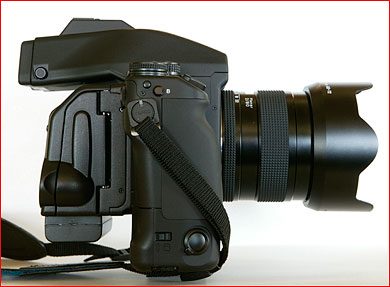

Through the advent of techno, Germany would be acknowledged for its cultural appeal for the first time since before World War Two. With abandoned industrial spaces repurposed as all-night clubs and drug-fuelled dance festivals like Mayday and Love Parade competing for the mantle of Europe's biggest party, 1991 would become referred to as the "German Summer of Love". The demolition of the Berlin Wall in 1989 had prefaced a decade-long cultural revolution that saw the reunified capital city thrive as a creative melting point, rivalling that of '70s New York. When Takeshi Kitano's Hana-bi bagged the Golden Lion at Venice, it was nearly 40.īy comparison, Germany was already "im Mode" in 1998, when Run Lola Run was released. When Shohei Imamura's Unagi picked up the Palme d'Or at Cannes, it was the first time a Japanese film had won in 14 years. It was not until the unlikely success of a pair of Japanese films at major European film festivals in 1997 that the country would finally be recognised for its domestic filmmaking talent again. For 31-year-old bit-part actor SABU, it was an opportunity to transition behind the camera with the promise of creative fulfilment.īut in the eyes of Euro-centric film critics, Japan was still in a lull in the mid '90s as the country endured a decade-long economic crisis. V-Cinema was Japan's answer to direct-to-video filmmaking, designed to return a quick profit on smaller investments while allowing a greater degree of creativity for young, independent talent. But with these two rollercoaster works hitting the ground just two years apart, how could one leave audiences breathless while the other missed its mark?ĭangan Runner was the product of a new wave of independent cinema in Japan, designed to turn the fortunes of a studio system that had been in decline since the introduction of home video systems in the '80s. Twenty-four years later, it's finally getting the recognition it deserves off the back of a slick Blu-ray release via Third Window Films, and inclusion on the 'Independence' strand of the BFI's celebratory Japan 2020 season. It was released straight-to-video, and failed to find an audience at home or abroad. An 82-minute foot-chase following a downtrodden kitchen porter who dreams of robbing a bank, only to get caught shoplifting at a convenience store, the film pits the hapless lead against a drug-addicted cashier, who is himself pursued by an ex-yakuza drug dealer. Dangan Runner was the vibrant and thrilling debut of one Hiroyuki Tanaka – better known as SABU – who matched the pace and personality of his German counterpart in every department.


#Contax 645 strap movie
Made on a budget of less than $2 million, it raked in $23 million at the box office, entering record books as the biggest-grossing movie in German film history.īut the same shoes had been worn just two years prior, in a Japanese film that caused no such impact upon release.

The simple story of a woman's repeated attempts to quickly obtain a large amount of cash to save her boyfriend's life, the film would win seven German Film Awards, the Sundance audience award, a BAFTA nomination, and was even put forward for the Oscars. An explosion of breakneck editing, relentless techno music and plot-spurning time-jumps told through the eyes of a defiant, red-haired vixen, Run Lola Run was Groundhog Day for the MTV generation. When Thomas Tykwer released Run Lola Run in 1998, few could argue that he wasn't on the right tempo. Timing is everything, especially when you're making a film about running.


 0 kommentar(er)
0 kommentar(er)
